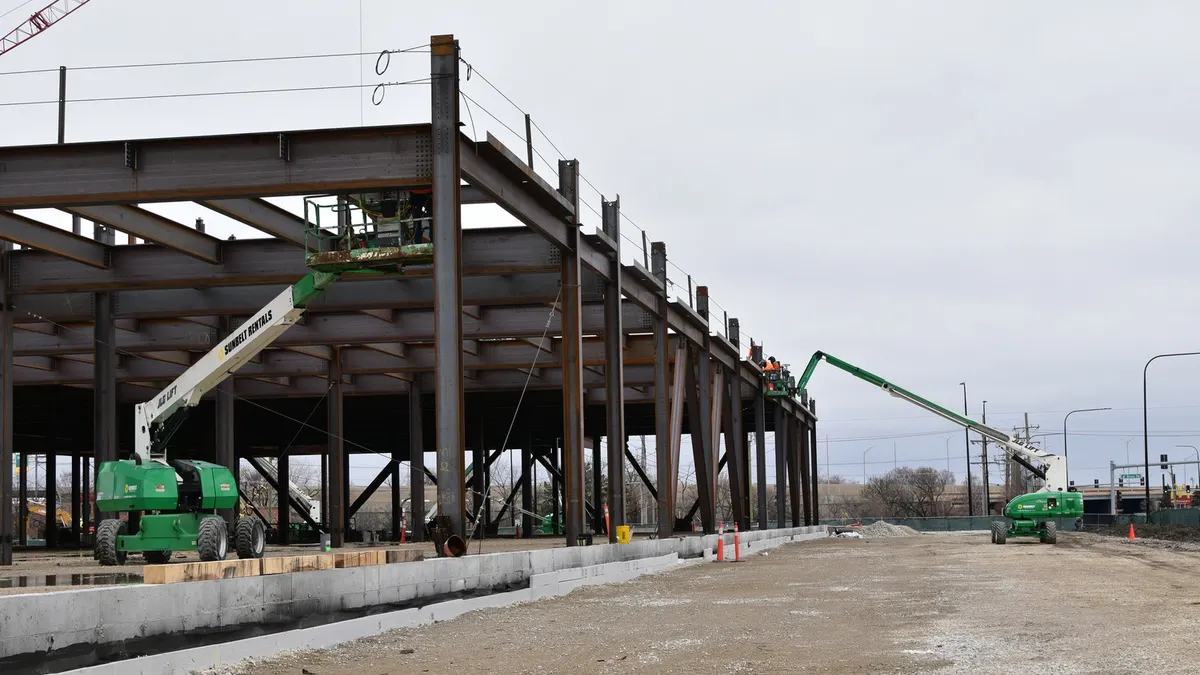Dive Brief:
-
The Construction Financial Management Association, based in Princeton, NJ, released its "Analysis of Construction Projects with Federal Agencies and the Cause of Disputes" — a study prepared by Sage Consulting Group to determine who holds the fault when contractor and federal agency disputes arise during a public works project. The announcement came during a press conference in Washington, DC, on Tuesday.
-
The report's authors studied 107 litigated construction project disputes between contractors and federal agencies between 2000 and 2015, and found that although contractors were at least partially vindicated about half the time, they had a significantly smaller chance of winning a case when higher amounts of money were at stake. The average damages sought during a dispute equaled 6.9% of the total contract value.
-
One of the most surprising results, according to the study's author, President of Sage Policy Group Anirban Basu, was the report's finding that design-build contracts did not have a greater chance of winning a court decision, as opposed to the traditional design-bid-build process. Contractors with design-build contracts won completely or won a split decision in court 32% of the time, compared with contractors using the design-bid-build process, who won 45% of the time.
Dive Insight:
Stuart Binstock, CFMA's CEO and President, said the association decided to conduct the study after he read accounts in the media about cost overruns on major projects that the public inferred to imply contractors typically held the fault. This study contradicted those assumptions, showing that the fault in litigated cases was often an even split between the federal agency and the contractor.
Basu said one of the main takeaways from the study for both contractors and officials should be the need to document all aspects of a project during every stage, as the deciding factor in a significant portion of litigated cases "was an evidenciary one." Often, the contractor lost the case due to the inability to prove the federal agency was at fault.
Basu attributed the surprising findings regarding design-bid vs. design-bid-build disputes to the fact that many of the problems arose during the construction process, not in the planning stages.
Both Basu and Binstock said improved communication between agencies and contractors could significantly reduce the number of disputes in future public projects. "In many cases, construction firms didn't communicate adequately during construction... Constant communication is necessary. That seems obvious, but that doesn't happen nearly enough," Basu said.
Binstock added that he hoped the study would be widely circulated among federal agency officials and contractors, and that it would encourage both parties to improve communication at all stages of a project to avoid future legal disputes.













